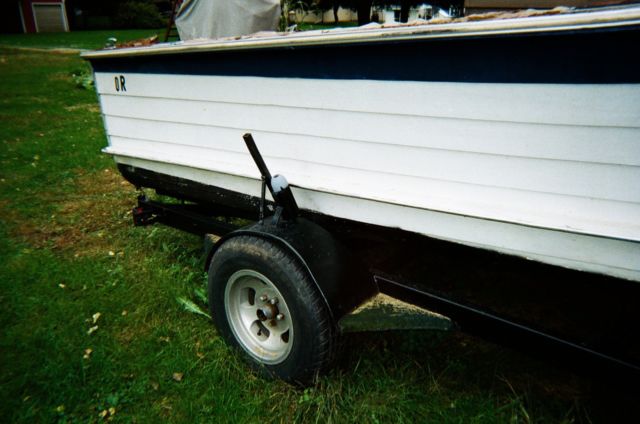
Let the caulking cure for a few days before you put varnish over it. Thin it with a little naphtha to make it a little easier to work with. To seal up the seam or joint, use mahogany color 3M 5200 or Sika Flex caulking. It is not as effective as penetrating epoxy, but will get you by until there is time and money to do major wood replacement. It will become thinned by the heat and soak into the wood more deeply. Apply the epoxy on the infected area and heat it with a heat gun. An alternate to the penetrating epoxy is regular epoxy. Soak the wood with the penetrating epoxy until it is saturated. Clean out the area where the rot exists by removing any soft wood. It is time to get out the penetrating epoxy. How deep can the pointed object be pushed? Let’s say for this time, that there is just a hint of softness. It is important to determine how far the rot has gone. If the pointed object penetrates easily, rot has begun. Remove as much caulking as possible and check the wood for soundness with a “T” pin or pointed X-Acto blade by pushing it into the wood. If the caulking has broken away form the wood on a seam and has been that way for more than a season, rot may have begun. Next, take notice of any areas which are suspect for rot – again, deck seams and butt joints. When you re-install the hardware, the hole must be re-drilled. If the screw hole is on a vertical surface, tape over the hole to keep the epoxy from running out. Fill the hole and wipe off the excess with lacquer thinner. Using a toothpick, insert the thickened epoxy into the screw hole. Prepare a small batch of epoxy and mix some micro balloons into it to thicken it slightly. Fixing these worn screw holes is fairly simple. Also, take note of which screws had lost their hold in the wood by placing a piece of masking tape at that hole or holes when found. Place all of the hardware in a box and set it aside. This might be a good time to replace any mis-matched or worn screws or bolts. Tape the bag and its contents to the piece of hardware to which it belongs. Put a piece of paper in each bag on which you have written what they are for, i.e., bow light, port forward vent, etc. Don’t tape around it to varnish! When you take off the hardware, place all of the screws, nuts, bolts, or washers for each piece of hardware in a small plastic sandwich bag. But proceed methodically and the job will go easier. You should be able to walk around it comfortably and there should be good lighting.

You have your boat in a protected area and off the trailer. Those areas might need attention along the way.
LAUNCHING A WOOD RUNABOUT FOR FIRST TIME CRACKED
The two notorious areas for this are deck seams where the caulking has cracked or come out and butt joints on the deck and side of the hull. No amount of varnish is going to protect a boat from rot if there are areas where water can easily enter but have a hard time getting out. Along the way of getting to the varnishing, you may find some other important tasks to do on the boat first. Read through this and then take inventory of your skills. The equipment is very basic and the expense in someone else doing it is mostly time. To some, it may be an intimidating job, but it really isn’t beyond most peoples abilities. If the boat is kept in the water and is in the sun frequently, consider at least two coats of varnish every year. The least expensive protection you can provide for your boat is to keep current on the varnish. You may be surprised how investing a little money and time now is going to save you a whole lot later on. It’s time to consider maintenance, or let’s call it a mini-restoration project to protect your investment. Are you aware of what happens to boats that aren’t properly varnished and maintained? Unfortunately, they begin to deteriorate – you know – rot. Are you behind on the varnish schedule because of what it costs to have someone do it for you. …or Ain’t she pretty? I did it myself! By Sherwood Heggenĭid you notice last fall as you were putting your boat into storage that the varnish is starting to look a little hazy.


 0 kommentar(er)
0 kommentar(er)
